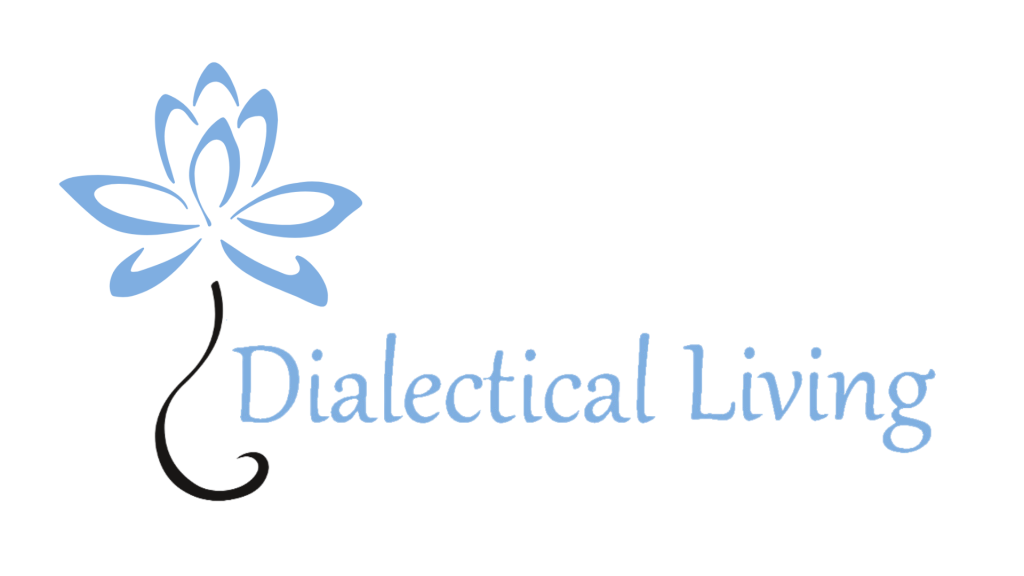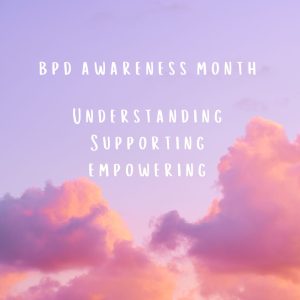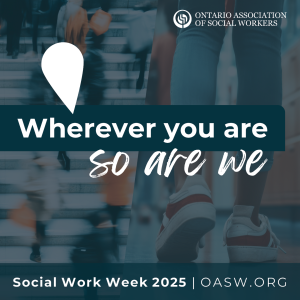Learning to apply mindfulness to dysregulated emotions and thoughts is one of the most difficult and most rewarding parts of learning Dialectical Behaviour Therapy (DBT) and for this reason I am going to be blogging on a book dedicated to exploring the topic in detail. I hope you’ll join me over the next several posts as I take us through Mindfulness for Borderline Personality Disorder, Relieve Your Suffering Using the Core Skill of Dialectical Behaviour Therapy by McClean Hospital of Harvard’s doctor Blaise Aguirre and Harvard psychologist Gillian Galen. I will be giving overviews and thoughts on each chapter and reporting to you on my own practice of some of the mindfulness practices outlined in the book—hopefully you’ll even try them along with me!
Mindfulness has become incredibly popular recently, and for good reason—there are now decades of western medical studies that prove its efficacy, not to mention its 2500 year record of alleviating the suffering of practitioners in other parts of the world. Hearing and seeing references to mindfulness every which way in our daily lives is great for building conviction, excitement and willingness in those of us walking the difficult path of recovery from Borderline Personality Disorder (BPD) or Emotion Dysregulation Disorder (ERD) (or any other mental health disorder for that matter), because mindfulness is perhaps the most essential skill taught in DBT, the gold standard in treating these conditions.
The experience of those suffering with BPD practicing mindfulness can be quite challenging and quite unique. That’s why I was thrilled to see the release of this book which targets BPD-related issues that are definitely not covered in the now countless find-your-bliss mindfulness books in bookshops everywhere. These issues often aren’t even mentioned explicitly when we study mindfulness in DBT group—the fact is that there simply isn’t time in a given group to discuss every individual’s experience of the 256 possible variations of BPD’s presentation and so we learn the skills in a general way. These are issues such as paranoia, self-hatred, explosive anger, self-harm, dissociation, cognitive distortions, suicidal thoughts etc. that are the hallmarks of ERD. The fact is that mindfulness practice is going to be different for folks who suffer this way, and much kudos goes to these doctors who are highly trained in the field and have come to understand how mindfulness can be used to address the very specific complaints of the deeply underserved yet rapidly growing population of those diagnosed with BPD.
This book is relatively short and compact and the authors waste no time in diving into the reality of intense suffering of those with ERD, with the intro opening with a quote from a young woman who “just needs to want to die less.” The authors maintain this frank and direct approach to the issues surrounding BPD throughout the book. They know the difficult realities confronted by the patients they see every day at their clinics and they really do want to address these issues head on. It is perhaps appropriate that they make reference several times to the immense suffering surrounding this condition, because contrary to what we might now believe, mindfulness wasn’t originally designed to make us better leaders or parents, although of course there are endless beneficial side-effects. Mindfulness was specifically designed to manage and progressively diminish suffering until achieving the complete end of its hold over us, and this is why it is really perfect for helping those with BPD who are so constantly employed in attempting to end their suffering—just usually not in the right way.
The main point made by the authors in the intro is that the reason people with BPD struggle to employ mindfulness is because to do so they will have to learn to pay attention to their suffering, to face it, to hold it non-judgementally; but this can feel overwhelming and like the last thing anyone with BPD wants to do! Alas, avoiding our pain only makes it worse: what we resist persists. In the acceptance-change dialectic of DBT, mindfulness is part of the acceptance wing. Deep acceptance of things as they are is crucial because we cannot effectively change what we do not first accept with some degree of non-judgement. We can perhaps avoid it, and often use unskillful ways to do so; but true change and transformation of suffering comes from a place of acceptance and acknowledgement of the pain and the problem itself. Mindfulness is going to be the key to helping us realize what is present and then to use wise-mind to employ other change skills because we are able to stay present and nonreactive, even if only momentarily, and choose an effective path through our distress.
I’m going to end below with a quote from the book that will hopefully validate the resistance many of us feel towards practicing mindfulness—you are not alone if you find it nearly impossible to sit with your mind! But we can and need to engage the practice anyway, and “act as if” we feel strong enough and equipped to be with what arises moment by moment. Only by learning nonjudgemental attention can we begin to see through the distortions of our dysregulated emotions, and to find the healthy and calmer “me” behind the BPD, who is waiting there patiently for us to discover her through mindfulness. But first, of course, the resistance.
Why the resistance? It is impossible for me to shut my thoughts off. It only makes me more angry, because I think, Stop thinking-, and then, Stop thinking about not thinking, which leads to Why is it that I can’t not think? And then I go back to Here I am, thinking again. And then I want to hit something, because I”m so frustrated with myself. And even if I were to think about something specific, like Oh, look how beautiful the trees are, in the background my brain would think about something else. And then behind all of that, I’d think that my thoughts shouldn’t be wandering off and that I need to focus.
Do you see? Silence is hell. I can’t fall asleep without noise, because the noise is the only thing that stops me from thinking. I listen to the TV every single night to fall asleep. If I didn’t I’d never fall asleep. Even as I sit here and write, I’m thinking about the words I’m typing, but I’m also thinking about other things in the background. The more someone tells me not to get caught up in my thoughts, the worse it is—and the more frustrated I get with myself.
I wish you the best of efforts with your or your loved-one’s recovery until next time!
—Elizabeth Osel











